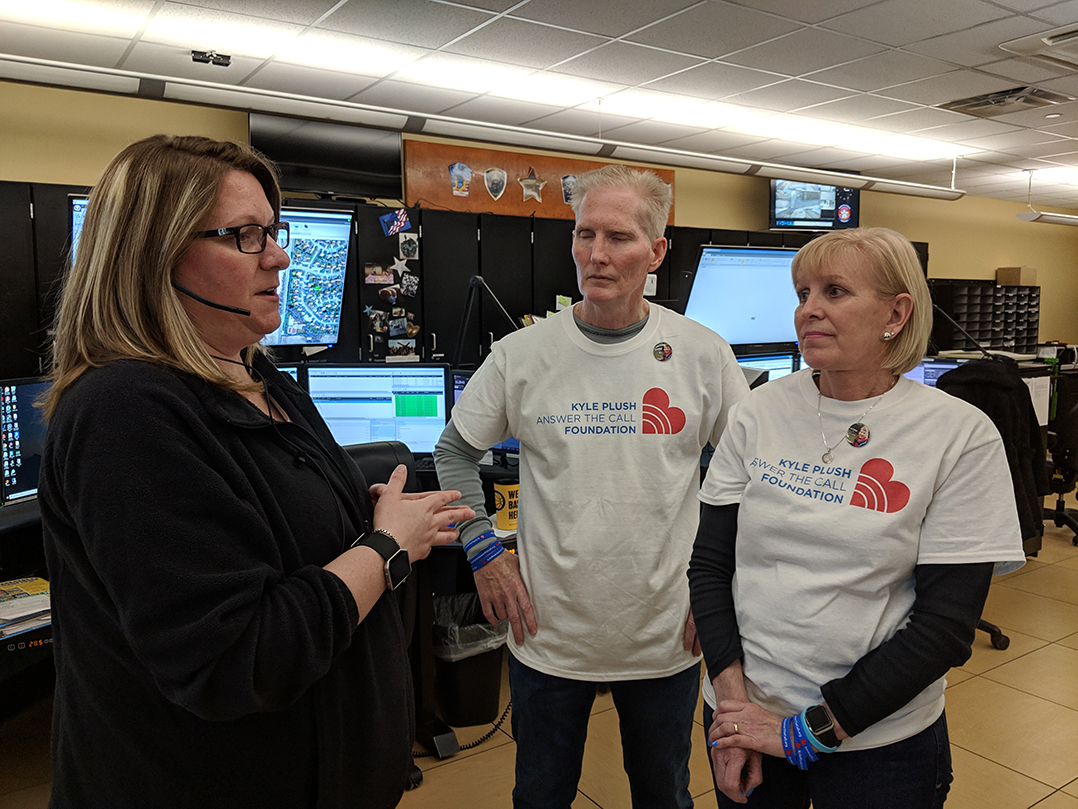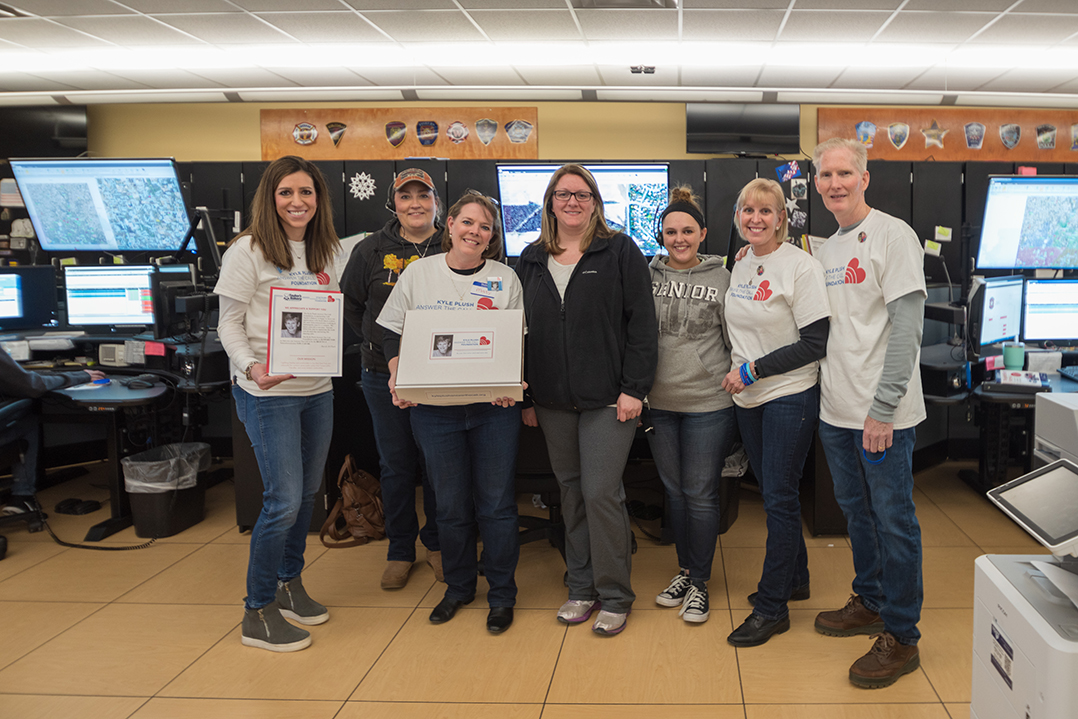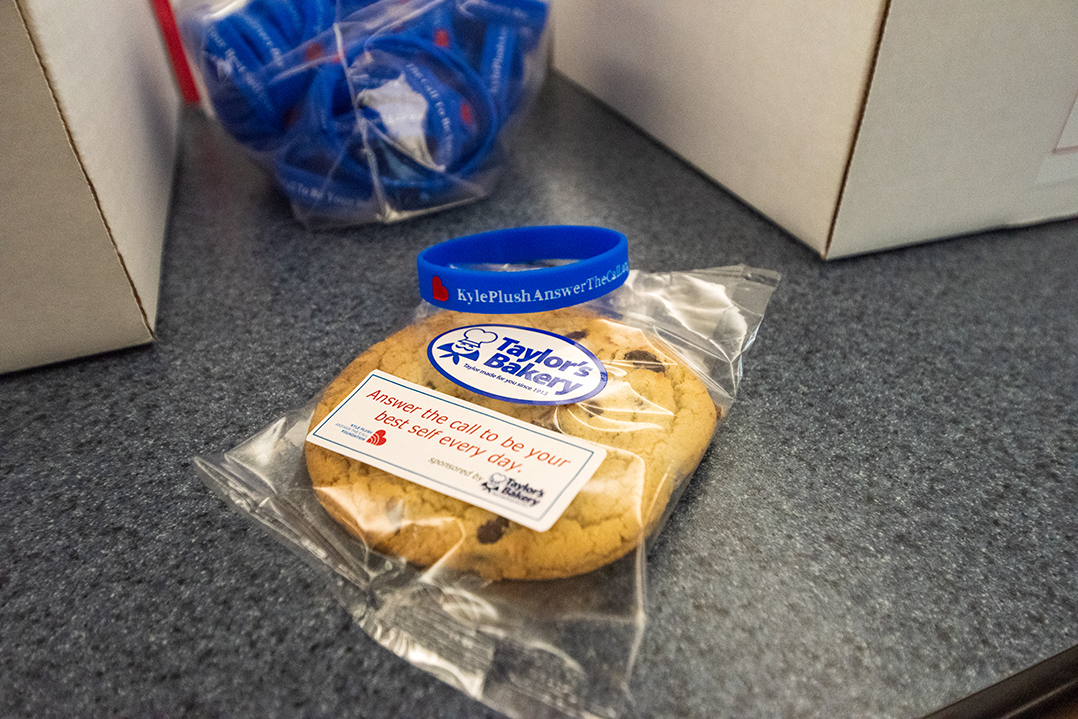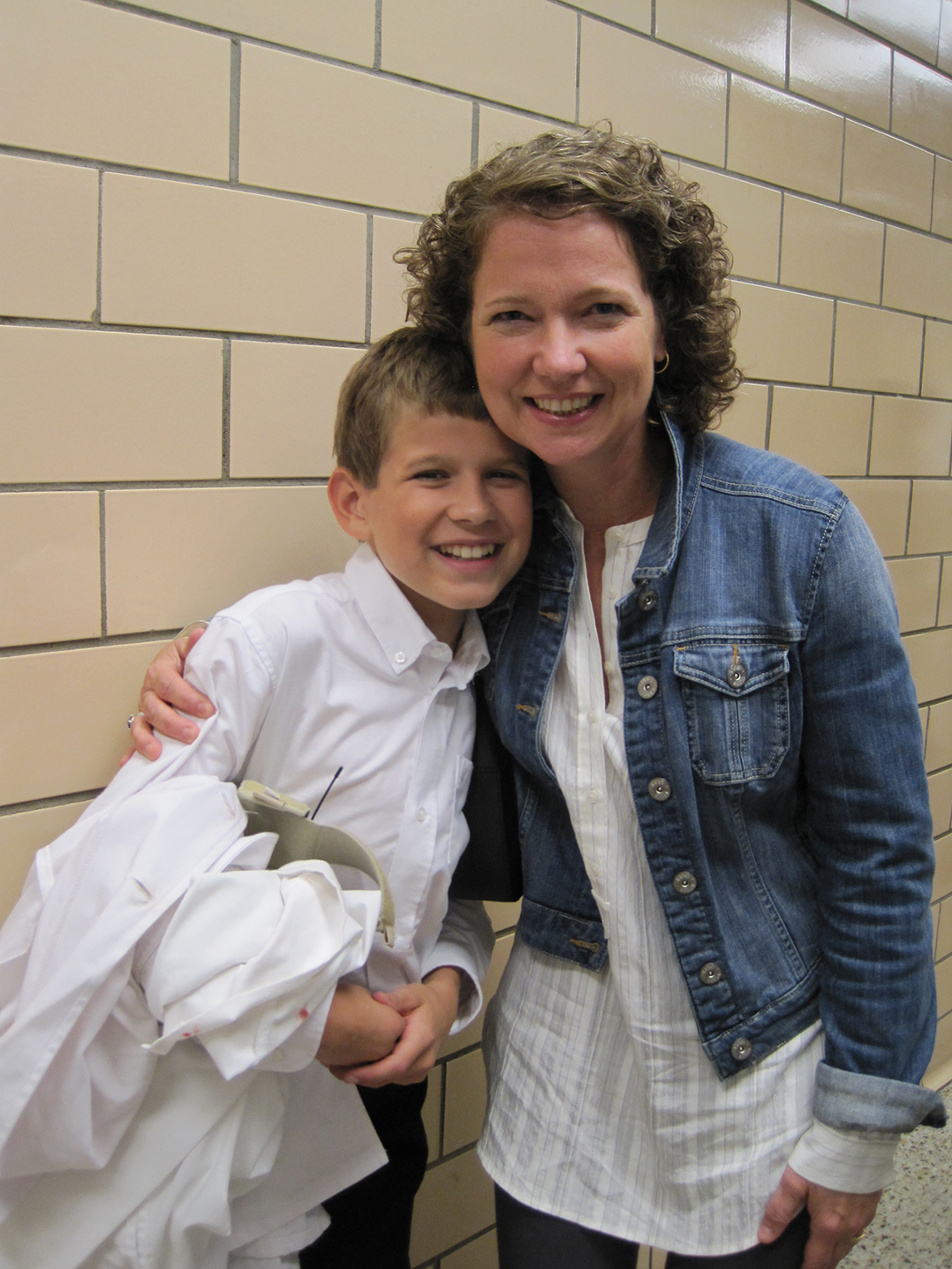Jodi Schwind remembers her nephew as a “very positive person” who lived out his favorite phrase, carpe diem, Latin for “seize the day.”
She and the rest of her family were shocked in April 2018 when Kyle Plush, 16, died from asphyxiation after being pinned underneath a flipped seat in his van in a Cincinnati high school parking lot. He used the voice activation features on his cellphone to dial 911 twice, but responders were unable to locate him. His father made the tragic discovery several hours later.
Instead of harboring bitterness against a system that failed, the family is advocating for changes in 911 technology that could help victims be located more quickly.
“We could’ve been angry, and there are a lot of people who are very angry about what happened, but that wouldn’t help anybody in our family,” said Schwind, a Carmel resident and SunTrust Bank employee. “We’re faithful people, and we’re trying to make something good out of what happened. We’re also really trying to understand what happened so that actual change can happen.”
Lack of information
The 911 system developed at a time when landline phones were the only option, and the technologies worked together to provide an exact address when someone called for help.
But as cellphones entered the scene and became increasingly popular, the 911 system didn’t keep up with the changes, and cellphone technology didn’t provide the same information to emergency dispatchers that the landline system did. When someone calls for emergency help from a cellphone, most 911 systems – which can vary wildly between agencies – use cellphone towers to locate a caller, which is usually accurate within a block or so.
In rural areas, towers might provide enough information to easily locate the caller, but in cities, with multi-story buildings and limited sightlines, it can be tough.
“There’s been no upgrades in the technology,” Schwind said. “People need to know that our cities and counties need to prioritize funding for these things. We don’t realize with cellphones how little information our first responders have.”
Hamilton County Executive Director of Emergency Communications Jeff Schemmer said 80 to 85 percent of 911 calls are made from a cellphone, and most callers have misconceptions about how the technology works.
“They’re surprised, because they watch TV shows and they talk about pinpointing cellphones,” he said.
Adding to the confusion is the fact that apps like Uber can use cellphone technology to accurately determine a user’s location, but it’s not information available through the 911 system. Schemmer said dispatchers can subpoena a cellphone provider to ping a phone for a more accurate location in life-threatening situations, but the five or six minutes it takes to complete the process may be too many.
Making an impact
Although a systemwide 911 overhaul may not be immediately feasible, Schwind said new technologies are available to help.
The Kyle Plush Answer the Call Foundation, formed to advocate for safer communities, urges everyone to sign up for Smart911, an opt-in service that allows users to enter information, such as address and medical conditions, that are pulled up on a dispatcher’s screen when the phone number connected with the profile makes an emergency call.
Smart911 is not yet available in Hamilton County, but Schemmer, who helped launch the system in Monroe County, is exploring the possibility of bringing it here. It may still benefit Hamilton County residents, however, if they have an emergency while visiting an area using Smart911.
The foundation also is pushing for dispatch centers to use Rapid SOS, which has partnered with companies like Apple and Google to make more readily available information that would increase the accuracy of determining a cellphone user’s location.
As members of the Plush family continue to advocate for change nationwide, they don’t find it difficult to stay inspired.
“We’re (imitating) Kyle’s personality. He was such an inclusive person and always took the high road,” Schwind said. “He was only 16, but we learned after he died what an impact he had on other people’s lives.”
Learn more at Smart911.com and RapidSOS.com.
Saying thanks
On March 2, members of the Plush family and volunteers with the Kyle Plush Answer the Call Foundation visited several 911 centers in Indiana and Ohio, including in Hamilton County. They delivered cookies from Taylor’s Bakery and thanked the dispatchers for their work.
“They work such long hours and they have crazy, life-threatening things they’re exposed to,” Schwind said. “This weekend was really about telling them how important and special they are, which I think they really appreciate.”
Learn more at kyleplushanswerthecall.org.
BY THE NUMBERS
- 180 million –Cellphone calls to 911 each year
- 10,120 – estimated lives lost annually when mobile callers can’t be located
- $60 billion – annual cost for third-party monitoring services to speak data to 911 on behalf of users
*Source: RapidSOS








